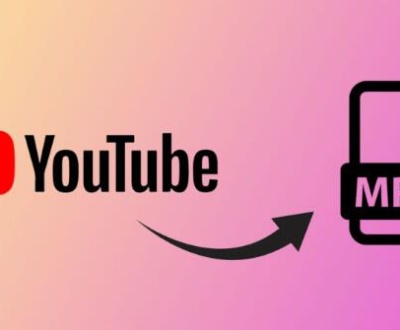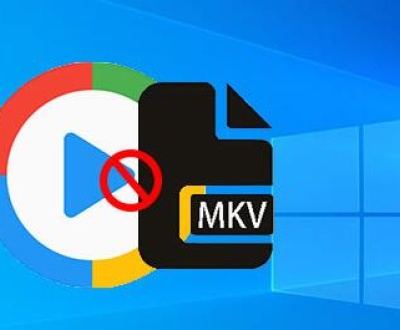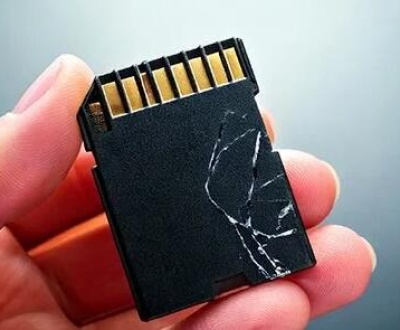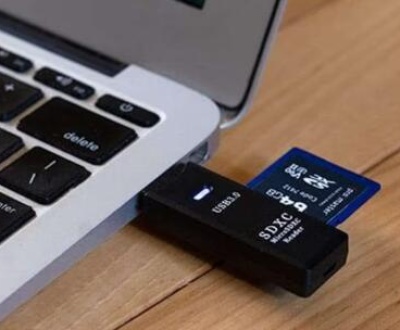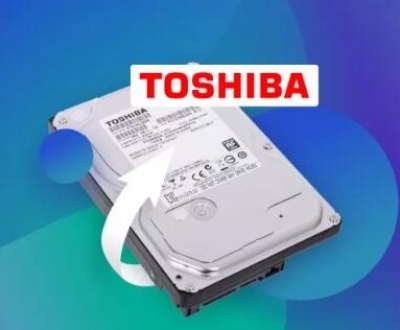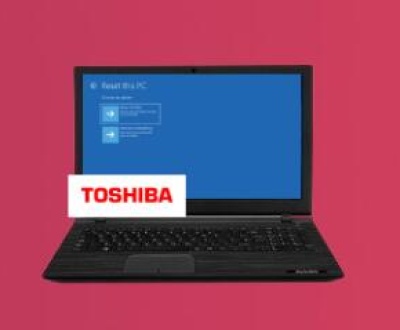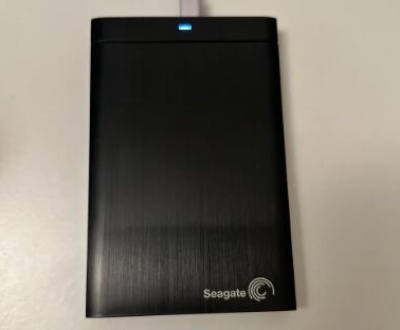Flash drives have become one of the most popular storage devices due to their portability and ease of use. They allow for the quick transfer of files, making them invaluable for everything from transferring documents to backing up important data. However, flash drives are also prone to file loss due to accidental deletion, corruption, or even technical failures. If you’ve accidentally deleted important files from your flash drive, don’t panic there are ways to recover those files.
1. Flash Drive Data Recovery
Flash drives (also known as USB drives, thumb drives, or pen drives) store data in a solid-state format, meaning that they do not have moving parts like hard drives. This makes them more resilient to physical damage but doesn’t make them immune to data loss. Whether files were deleted accidentally, the drive became corrupted, or the data was lost during a system crash, it’s possible to recover the deleted files if you act quickly.
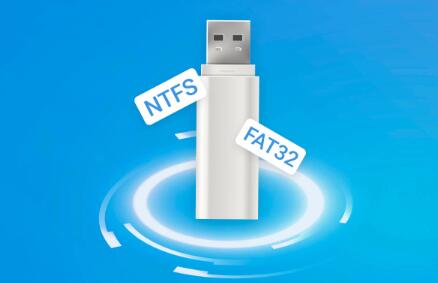
There are various reasons why files may be deleted from a flash drive, such as:
Accidental Deletion: Files deleted by mistake are the most common cause of data loss on flash drives.
Corruption: A flash drive can become corrupted due to power surges, improper ejection, or file system errors.
Formatting: If the flash drive was formatted (intentionally or unintentionally), all data is erased.
Virus or Malware: Sometimes viruses or malware can cause data loss by deleting or corrupting files.
Regardless of the cause, there are several ways to try and recover those files. This guide will cover various methods to help you get your data back, from using built-in utilities to third-party recovery tools.
2. Immediate Steps to Take After File Deletion
The first step after realizing that you’ve lost files from your flash drive is to stop using it immediately. When a file is deleted from a flash drive, it’s not permanently erased right away. Instead, the space that the file occupies is marked as available for new data. As long as the space hasn’t been overwritten, the deleted files can still be recovered. Here’s what to do right after file deletion:
Stop Using the Flash Drive: Do not save or copy any new files to the drive. This reduces the risk of overwriting the deleted files, which could make recovery impossible.
Check the Recycle Bin: If the files were deleted via Windows or macOS, they may have been moved to the system’s Recycle Bin or Trash. If they are there, simply restore them.
Eject the Drive Properly: If you’ve been using the drive and the deletion occurred due to corruption or improper ejection, safely eject the drive before attempting recovery to avoid further damage.
3. Method 1: Recover Deleted Files from the Recycle Bin
In many cases, deleted files are not permanently lost, especially if they were deleted through the Windows File Explorer. Instead of being erased from the drive, they may be sent to the Recycle Bin (or Trash on macOS). If the deleted files were sent there, you can easily recover them.
Steps to Recover from the Recycle Bin:
Open the Recycle Bin on your computer (usually found on the desktop).
Locate the deleted files that you wish to restore.
Right-click on the files and choose Restore. The files will be returned to their original location.
If your files were not in the Recycle Bin, don’t worry; there are still other methods to attempt recovery.
4. Method 2: Use File History (Windows) or Time Machine (Mac)
If you are using a Windows or macOS system, both have built-in backup systems that may have automatically created backups of your flash drive files.
Using Windows File History:
Plug your flash drive back into your computer.
Type File History into the search bar and click on Restore your files with File History.
Navigate through the available backups, locate the deleted files, and restore them by clicking Restore.
Using macOS Time Machine:
Connect the flash drive to your Mac.
Open Time Machine by clicking the Time Machine icon in the menu bar.
Search for the deleted files by browsing through the backup timeline, and click Restore to recover them.
5. Method 3: Use Windows Command Prompt (CHKDSK)
If your flash drive is showing signs of corruption, such as being unreadable or not showing up properly, using the CHKDSK (Check Disk) command might help you repair the drive and recover deleted files.
Steps to Use CHKDSK:
Insert your flash drive into the USB port.
Open Command Prompt by typing cmd in the Windows search bar, then right-click on it and select Run as administrator.
Type the following command and press Enter:
bash
chkdsk X: /f
(Replace “X” with the actual drive letter of your flash drive.)
CHKDSK will attempt to repair the drive and may recover some of your lost files. After the process is complete, check the drive to see if your files have been recovered.
6. Method 4: Use Third-Party Data Recovery Software
Panda Assistant is a comprehensive data recovery software designed to help users recover lost or deleted files from various storage devices, including hard drives, USB flash drives, memory cards, and even formatted or corrupted drives. The tool offers an intuitive interface that caters to both novice and advanced users, making it easy to restore important documents, photos, videos, and more.
Key features of Panda Assistant include its ability to recover files lost due to accidental deletion, formatting, virus attacks, or system crashes. It supports multiple file types and can scan storage devices for recoverable data in a fast and efficient manner. With both quick scan and deep scan options, Panda Assistant is capable of finding files that are otherwise difficult to access.
7. Method 5: Professional Data Recovery Services
If none of the above methods work or if your flash drive is physically damaged, the last resort is to contact a professional data recovery service. These services specialize in recovering data from damaged or corrupted storage devices.
Professional data recovery services typically have the tools and expertise to recover files that are otherwise inaccessible. The process can be expensive, and the success rate depends on the extent of the damage. If the data on your flash drive is critical and all other recovery methods have failed, seeking professional help is your best option.
8. Preventing Future Data Loss
After successfully recovering your deleted files, it’s important to take steps to prevent future data loss. Some recommendations include:
Back Up Data Regularly: Use cloud storage or external hard drives to back up important files, including those stored on flash drives.
Safely Eject Your Flash Drive: Always safely eject your flash drive from your computer to avoid corruption.
Use Antivirus Software: Keep your flash drive protected from malware or viruses by using reliable antivirus software.
Avoid Overwriting Data: When you lose data on a flash drive, refrain from using it until you’ve attempted recovery to avoid overwriting.
While losing data from a flash drive can be frustrating, it’s not necessarily permanent. By following the methods outlined in this guide, you can recover deleted files in many cases. Start with simple recovery options, such as checking the Recycle Bin or using system backups, and move on to third-party recovery software if necessary. Remember that the sooner you attempt to recover your files, the higher the chances of success. And finally, take precautions to protect your data in the future by regularly backing up important files and handling your storage devices with care.
About us and this blog
Panda Assistant is built on the latest data recovery algorithms, ensuring that no file is too damaged, too lost, or too corrupted to be recovered.
Request a free quote
We believe that data recovery shouldn’t be a daunting task. That’s why we’ve designed Panda Assistant to be as easy to use as it is powerful. With a few clicks, you can initiate a scan, preview recoverable files, and restore your data all within a matter of minutes.
Subscribe to our newsletter!
More from our blog
See all postsRecent Posts
- How do i reformat a video file 2025-05-09
- Convert youtube video to video file 2025-05-09
- Windows 11 mkv video files not displaying video thumbnails 2025-05-09

 Try lt Free
Try lt Free Recovery success rate of up to
Recovery success rate of up to


